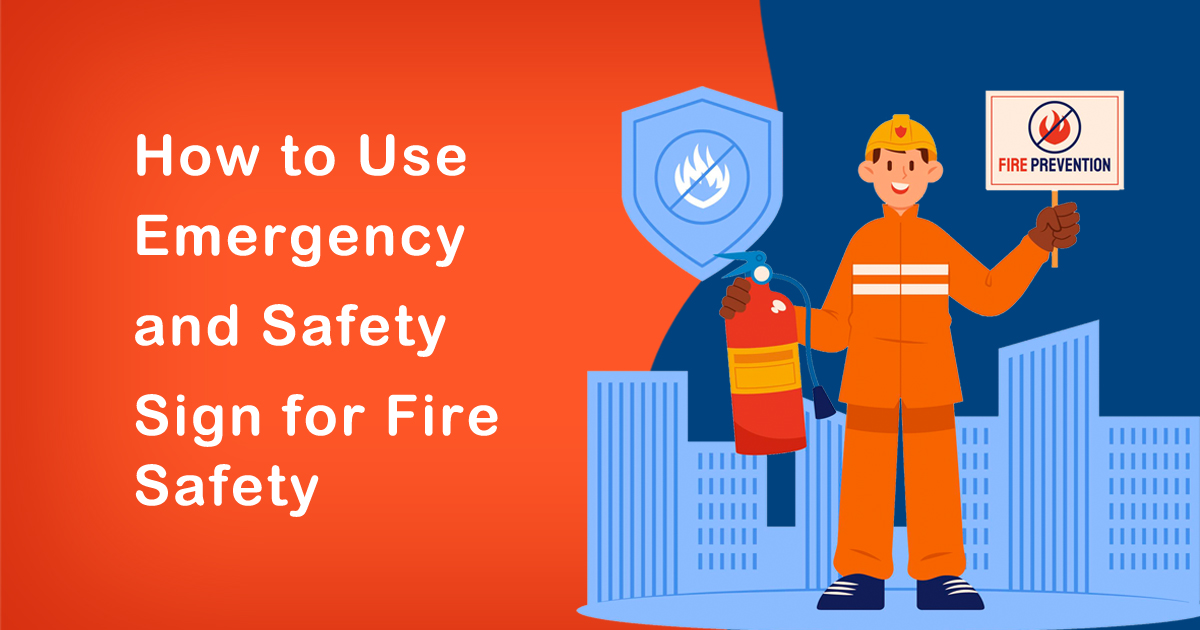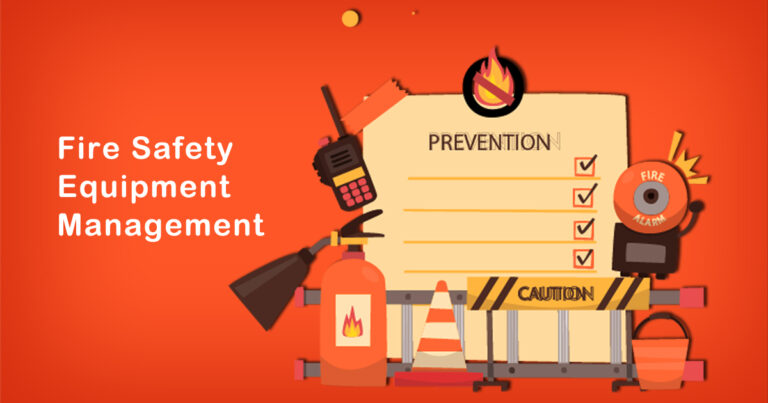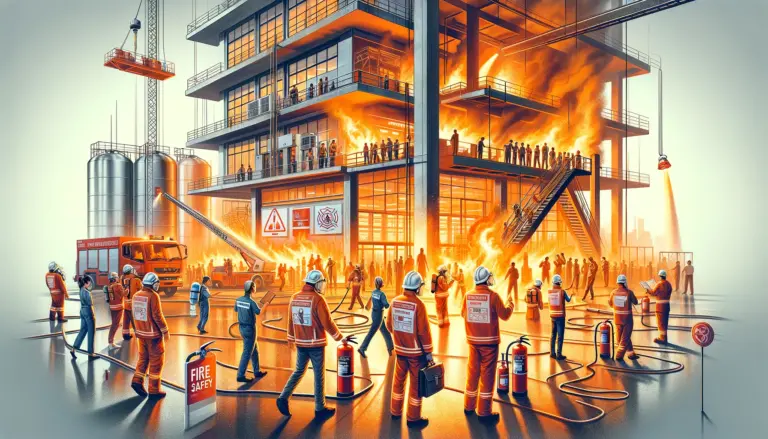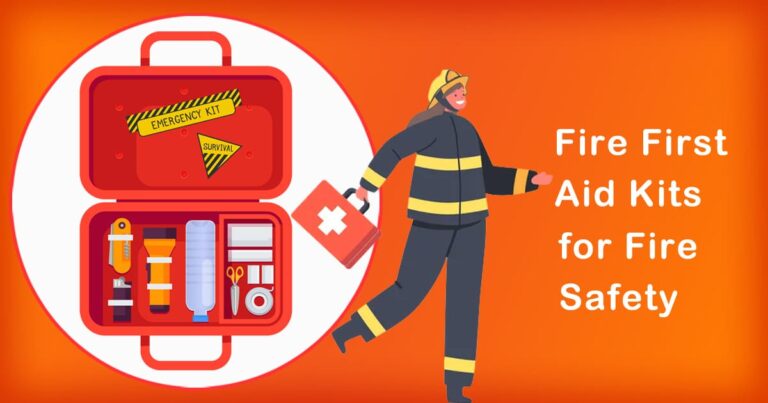Introduction
Fire safety is a critical aspect that cannot be ignored in any building, be it commercial or residential. Fires can cause significant damage to property and can put lives at risk. Therefore, it’s essential to take all necessary precautions to ensure fire safety in buildings. One of the most important components of fire safety is the use of emergency and safety signs. In this article, we will provide you with a step-by-step guide on how to use emergency and safety signs for fire safety, along with some research and facts in an Indian context.
Step 1: Understanding Emergency and Safety Signs
Before we start discussing how to use emergency and safety signs, it’s essential to understand what they are and how they work. Emergency and safety signs are specially designed signs that provide information about safety procedures and escape routes in case of an emergency, such as a fire. These signs are usually made of durable materials, such as plastic or metal, and are brightly colored with easy-to-read text and symbols.
Step 2: Identifying Emergency and Safety Signs
The first step in using emergency and safety signs for fire safety is to identify them in your building. Emergency and safety signs should be placed in areas that are easily visible to people, such as near exits, stairwells, and elevators. These signs should also be placed at a height where they can be easily seen by people of all heights, including children and people in wheelchairs.
Step 3: Understanding the Different Types of Emergency and Safety Signs
There are several types of emergency and safety signs that are used for fire safety. Some of the most common types include:
1.Exit Signs:
These signs indicate the location of emergency exits and are usually placed near exit doors.
2. Fire Extinguisher Signs:
These signs indicate the location of fire extinguishers and are usually placed near fire extinguishers.
3. Fire Hose Signs:
These signs indicate the location of fire hoses and are usually placed near fire hoses.
4. Emergency Lighting Signs:
These signs indicate the location of emergency lighting and are usually placed near emergency lighting.
5. Evacuation Signs:
These signs provide information about evacuation routes and assembly points and are usually placed near exit doors and in stairwells.
Step 4: Placing Emergency and Safety Signs
It’s crucial to place emergency and safety signs in the right locations to ensure that they are effective in case of an emergency. Emergency and safety signs should be placed in areas that are easily visible and accessible to people. These signs should also be placed at a height where they can be easily seen by people of all heights, including children and people in wheelchairs. It’s also essential to ensure that emergency and safety signs are not obstructed by any objects or decorations.
Step 5: Regular Inspection and Maintenance
Regular inspection and maintenance of emergency and safety signs are crucial to ensure that they are in good working condition. Emergency and safety signs should be inspected by a certified professional at least once a year to check for any damages or defects. Any damages or defects should be repaired or replaced immediately to ensure that the emergency and safety signs remain effective in case of an emergency.
Conclusion
Emergency and safety signs are an essential component of fire safety in buildings. By following the steps mentioned above, you can ensure that your emergency and safety signs are effective in case of an emergency and can help prevent the spread of fire, protecting people and property. It’s crucial to take all necessary precautions to ensure fire safety in buildings, and emergency and safety signs are an essential part of those precautions. Remember, prevention is always better than cure, and it’s crucial to take all necessary precautions to ensure fire safety in buildings.








